The function of the cable is to transfer electrical energy to the point where we want to connect the load so that it does the work for us. They must be properly arranged and insulated from each other and you the user, so electricity cannot be lost through leakage or danger to any person or animal, or place. They are usually made of good electrical conductors to minimize losses. Different types of cables are used for different purposes, so it is necessary to choose the right type and size of cable for the intended use. Solid wire is divided into two types: solid wire and stranded wire (also known as braided wire). Solid wire is stiff and has better conductivity. Litz wire is made up of smaller wires that are woven together. Stranded wire is less likely to break if repeatedly bent, which is why this type of wire is common in phone chargers. 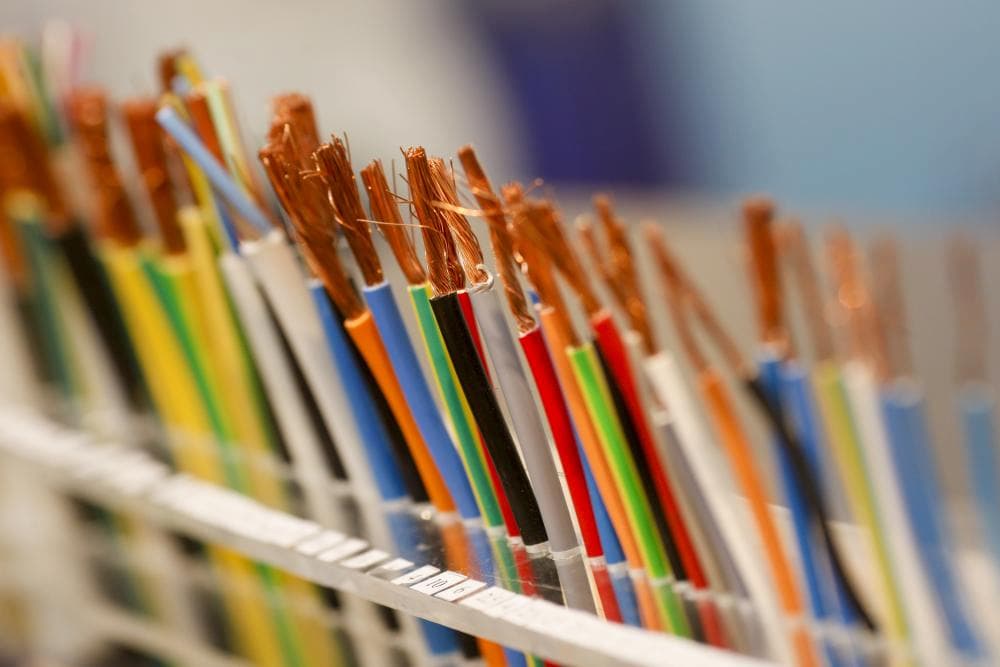 Jumper wires are pre-cut flexible stranded wires of various lengths with rigid ends that allow the wires to be inserted easily into breadboards. Bonding wires are typically single-conductor insulated wires for low-current, low-voltage (<600V) applications and are used to make internal connections. Available in different sizes and lengths. Once the connecting wire is cut to the desired length, a wire stripper can be used to strip the insulation, thereby connecting the metal conductor to the circuit. Magnet wire is copper or aluminum wire covered with a very thin layer of insulation. Magnet wire allows multiple layers of wire to be wound together without shorting. When a wire is wound into a coil and energized, it creates an electromagnetic field. Magnet wire is commonly used in transformers, inductors, motors, electromagnets, Tesla coils, and other applications that require strong coil insulation. As mentioned earlier, a cable is a set of insulated wires in a jacket. Typically, a cable has at least one hot wire to carry current, a neutral wire, and a ground wire. Cables are classified based on the number of wires they contain and their size/gauge. Cables are identified by a series of letters followed by a number, a dash, and another number. The letters indicate the type of insulation. The first number indicates the resistance of the wires in the cable. The number after the dash indicates the number of individual conductors in the cable. If G follows the last digit, the cable is also equipped with a non-current-carrying ground wire.
Jumper wires are pre-cut flexible stranded wires of various lengths with rigid ends that allow the wires to be inserted easily into breadboards. Bonding wires are typically single-conductor insulated wires for low-current, low-voltage (<600V) applications and are used to make internal connections. Available in different sizes and lengths. Once the connecting wire is cut to the desired length, a wire stripper can be used to strip the insulation, thereby connecting the metal conductor to the circuit. Magnet wire is copper or aluminum wire covered with a very thin layer of insulation. Magnet wire allows multiple layers of wire to be wound together without shorting. When a wire is wound into a coil and energized, it creates an electromagnetic field. Magnet wire is commonly used in transformers, inductors, motors, electromagnets, Tesla coils, and other applications that require strong coil insulation. As mentioned earlier, a cable is a set of insulated wires in a jacket. Typically, a cable has at least one hot wire to carry current, a neutral wire, and a ground wire. Cables are classified based on the number of wires they contain and their size/gauge. Cables are identified by a series of letters followed by a number, a dash, and another number. The letters indicate the type of insulation. The first number indicates the resistance of the wires in the cable. The number after the dash indicates the number of individual conductors in the cable. If G follows the last digit, the cable is also equipped with a non-current-carrying ground wire. 
Electrical Wire Function
What is the function of the flexible power cord? Flexible wires connect our power tools and equipment to the power source and create “bridges” across the present. This is done using highly conductive products such as copper, aluminum or stainless steel. Most of the TV wires we are most familiar with for internal wiring are ZW cables. Size of electric wire In flexible wire, size refers to the diameter of the metal conductor. These are usually presented according to the American Wire Gauge (AWG) system. Smaller AWG numbers are assigned to larger gauge wires, so you can indirectly measure the amount of current that can safely flow through the cable. A 10-gauge cable can only safely carry 30 amps, while a thicker 2-gauge cable can handle up to 95 amps. When the wire size does not match the amperage of the circuit it is used in, the risk of shorting or heating is high. Flexible electrical wire conductors Conductors are any type of material that allows electrical current to pass through and are an important part of all types of cables. Most of the cables in use today use copper as the conductive product, and although copper is by no means one of the most conductive metals, in addition to that, it has the beneficial properties of economy, flexibility, and heat resistance. There are tops. This makes it very easy to make long, versatile copper wires. In the past, aluminum was almost as popular as copper as a cable product. However, the aluminum method will slowly change color because it is not as conductive as copper, and it is also prone to cracking when overheated. The growth and hardening of lightweight aluminum cables subjected to repeated heating and cooling cycles results in uncured bond loss. Flexible Electrical wire insulation Flexible wires in a single wire must be covered with insulating material to prevent mutual contact and short circuits. The wires themselves are also covered with protective sleeves to protect the wires from external damage and reduce leakage. 
Electrical Cable Function
The function of the cable is to transfer electrical energy to the point where we want to connect the load so that it does the work for us. They must be properly arranged and insulated from each other and you the user, so electricity cannot be lost through leakage or dangerous to any person or animal or place. Cables that are used to transmit and distribute electrical energy are called power cables. A power cable consists of two or more electrical conductors connected to an outer sheath. To transmit extremely high pressure in places where air lines cannot be used, such as at sea, airport intersections, etc. But compared to overhead cables with the same voltage, underground cables are more expensive, which is one of the main problems of power cables. Cable structure Power cables are mainly composed of three main components namely conductors, dielectrics, and jackets. Cable conductors provide a path for conducting current. Insulation or dielectric that resists operating voltage and separates conductors from other objects.  conductor Copper and aluminum wires are used as conductive materials in cables due to their high electrical conductivity. To make electric wires, solid or multiple bare wires made of copper or aluminum are used. Insulation The most common dielectrics used in electrical cables are coated paper, butyl rubber, PVC cables, polyethylene, and cross-linked polyethylene. Paper insulated cables are the most popular cables due to their high current carrying capacity, generally reliability and long life. inner sheath It is used to protect the cable against moisture insulation. Cable sheaths are made of lead alloys that are strong enough to withstand the internal pressure of pressurized cables. The inner sheath material must be non-magnetic. Protective mask Lead-sheathed cables laid directly on the ground may be damaged by corrosion and electrolytes. To protect the cable against corrosive layers of fibrous materials (such as paper, burlap, etc.) or polyvinyl chloride. A layer of fibrous material that is spread outside the cable along with the waterproofing compound is called the service layer.
conductor Copper and aluminum wires are used as conductive materials in cables due to their high electrical conductivity. To make electric wires, solid or multiple bare wires made of copper or aluminum are used. Insulation The most common dielectrics used in electrical cables are coated paper, butyl rubber, PVC cables, polyethylene, and cross-linked polyethylene. Paper insulated cables are the most popular cables due to their high current carrying capacity, generally reliability and long life. inner sheath It is used to protect the cable against moisture insulation. Cable sheaths are made of lead alloys that are strong enough to withstand the internal pressure of pressurized cables. The inner sheath material must be non-magnetic. Protective mask Lead-sheathed cables laid directly on the ground may be damaged by corrosion and electrolytes. To protect the cable against corrosive layers of fibrous materials (such as paper, burlap, etc.) or polyvinyl chloride. A layer of fibrous material that is spread outside the cable along with the waterproofing compound is called the service layer.  Conclusion Our vision is to be a standard for customized products and quality services so that we can build a good brand image of our company in the national and international market with competitive prices and cheap shipping services. Protect the quality of the environment. Encourage innovation / creativity. For more information kindly visit our site.
Conclusion Our vision is to be a standard for customized products and quality services so that we can build a good brand image of our company in the national and international market with competitive prices and cheap shipping services. Protect the quality of the environment. Encourage innovation / creativity. For more information kindly visit our site.
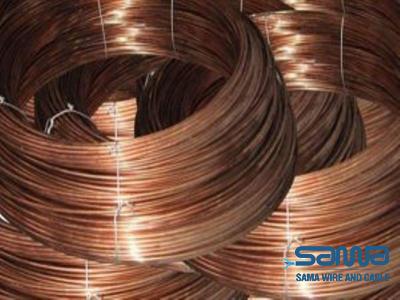
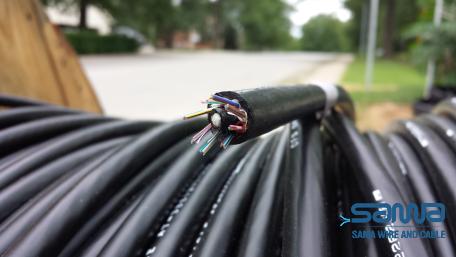
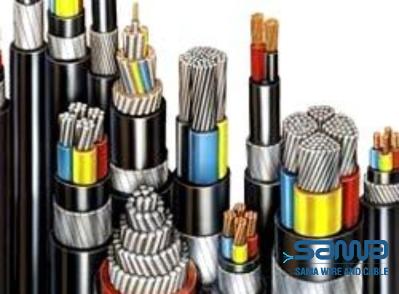
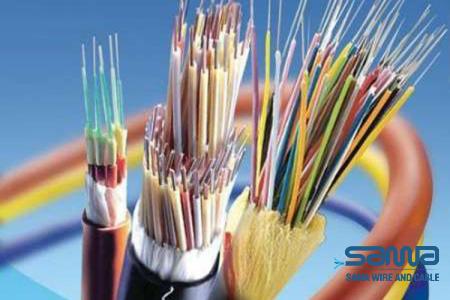
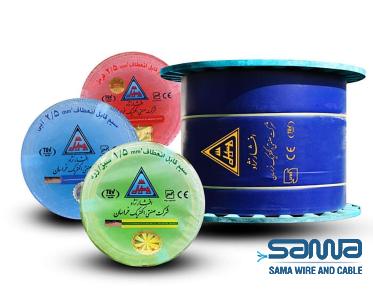
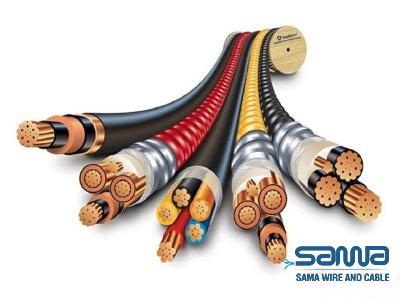
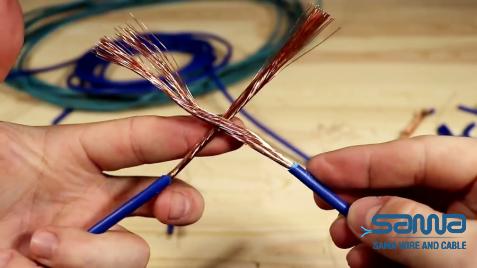
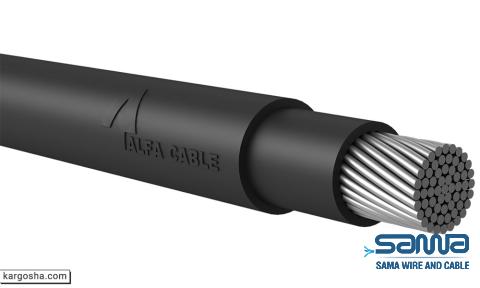
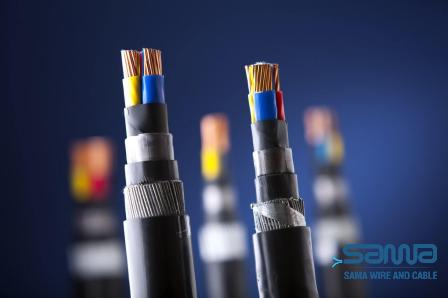
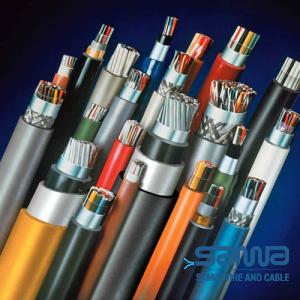
Your comment submitted.